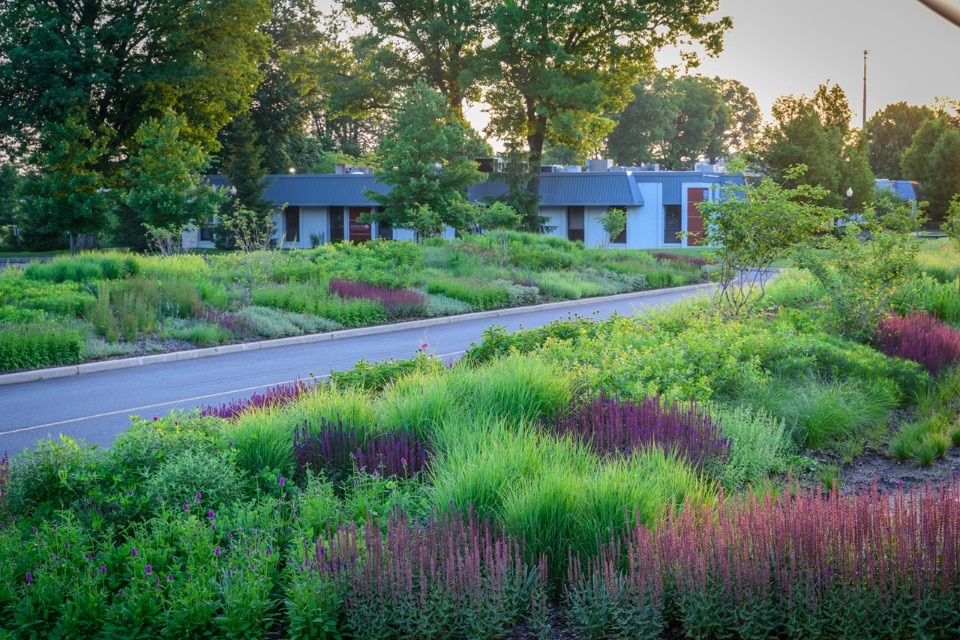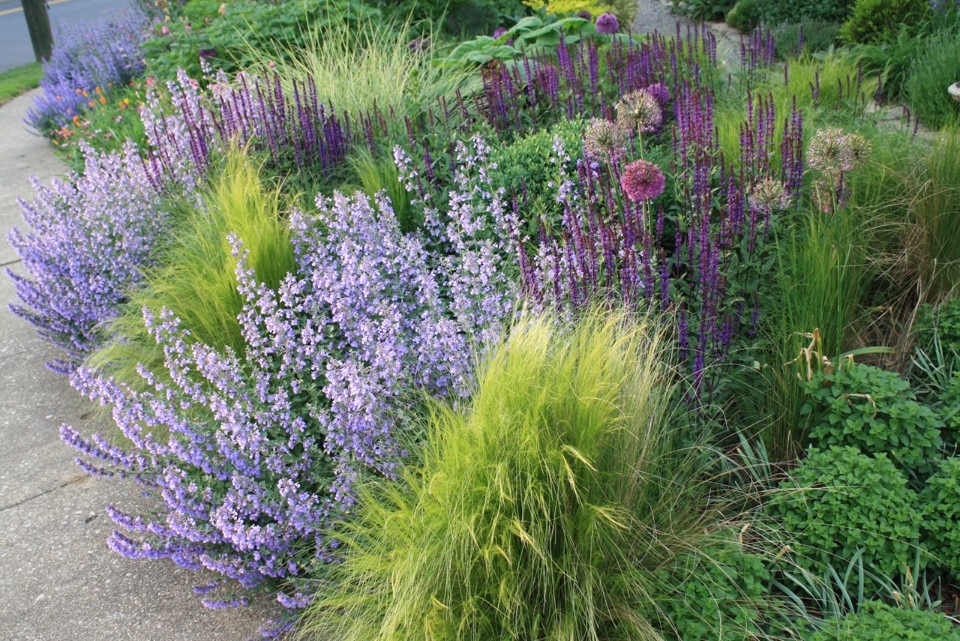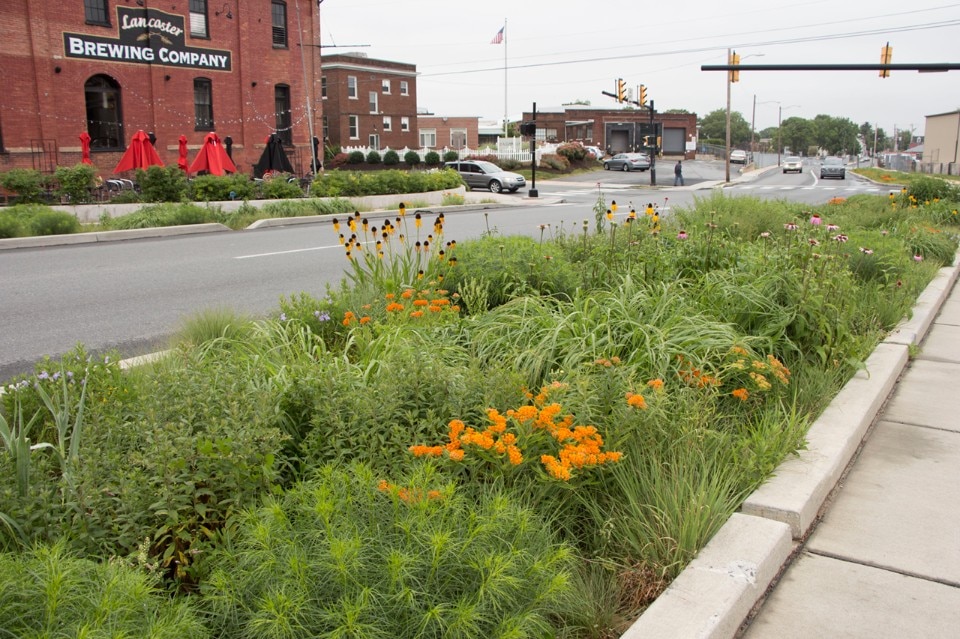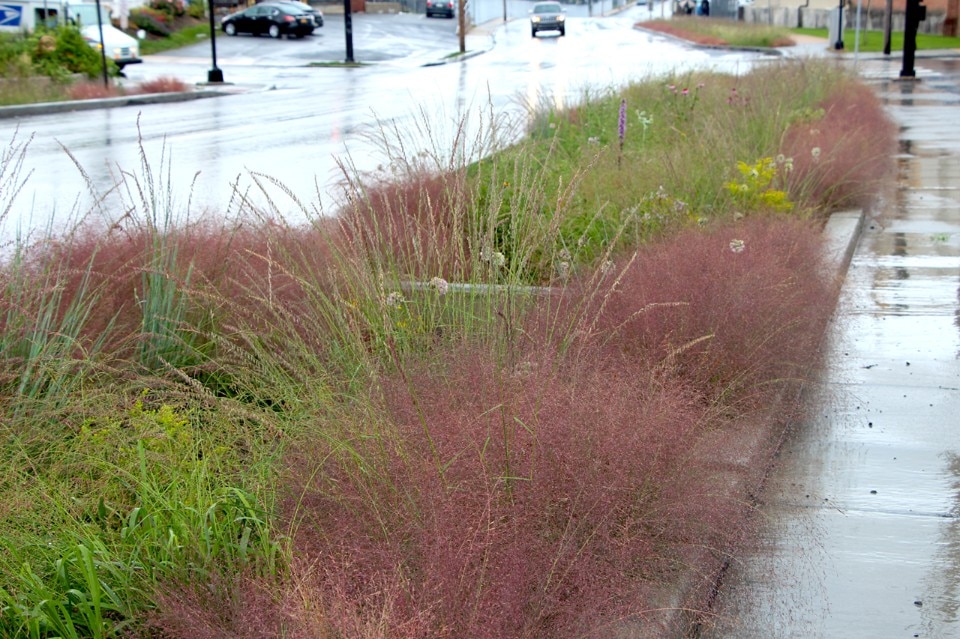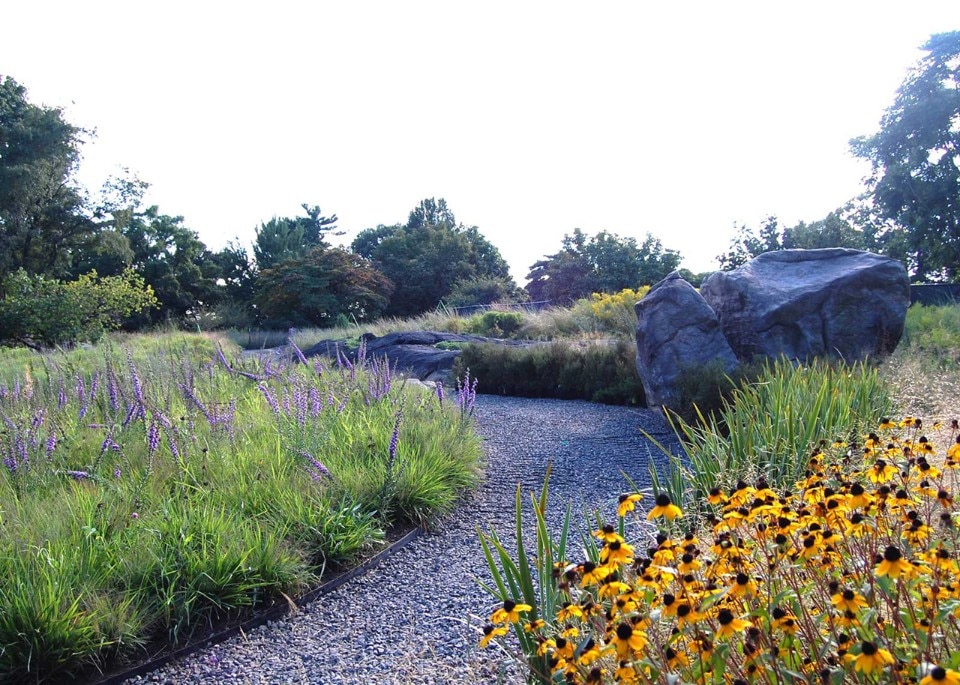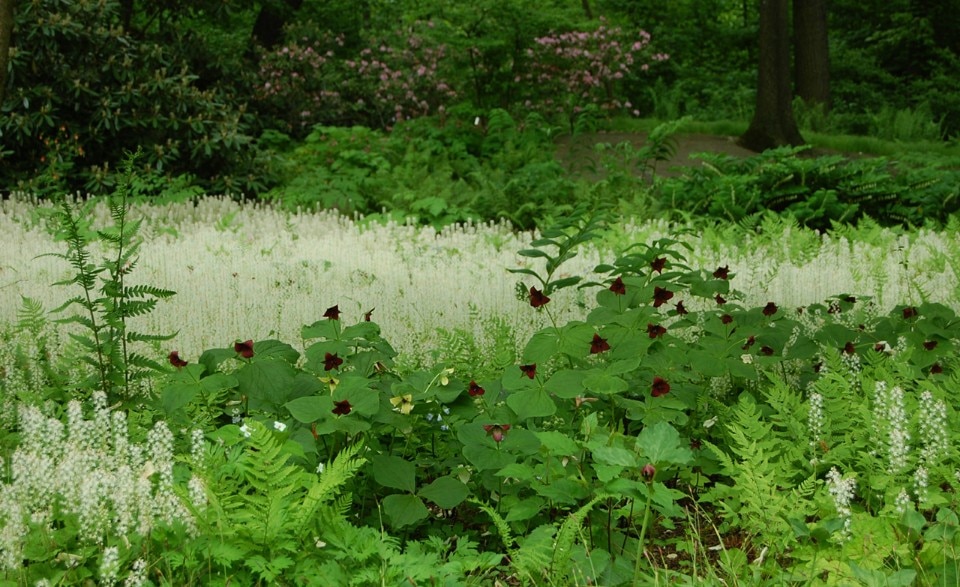Thomas Rainer is a landscape architect who lives in Arlington, in Virginia. He is a professor at the George Washington University and co-author of Planting in a Post Wild World, Timber Press, 2015. After having worked for Oehme, van Sweden and Associates and for Rhodeside & Harwell, he is now part of Phyto Studio, with which he promotes a new ecological approach to landscape design.
The observation and interpretation of vegetable communities present in nature serves as the foundation to his work, associated with the application of criteria regarding ecological function in urban contexts. The result is the construction of low-maintenance landscapes which imitate the innate nature of plants to grow in complex systems, taking advantage of their natural resilience.
Planting in a Post Wild World,your book published together with Claudia West in 2015, is both a technical book and a powerful source of inspiration, and it contains a kind of manifesto in which the plants play a central role. Could you explain what it is about?
We were interested in investigating the implicit possibilities of landscape design, above all its capacity to direct a number of the changes taking place in the world. This means bringing increased complexity to this discipline in comparison to that which historically has been the case and beginning to think of plants as something more than just simple objects and ornaments, instead seeing them as systems, as communities.
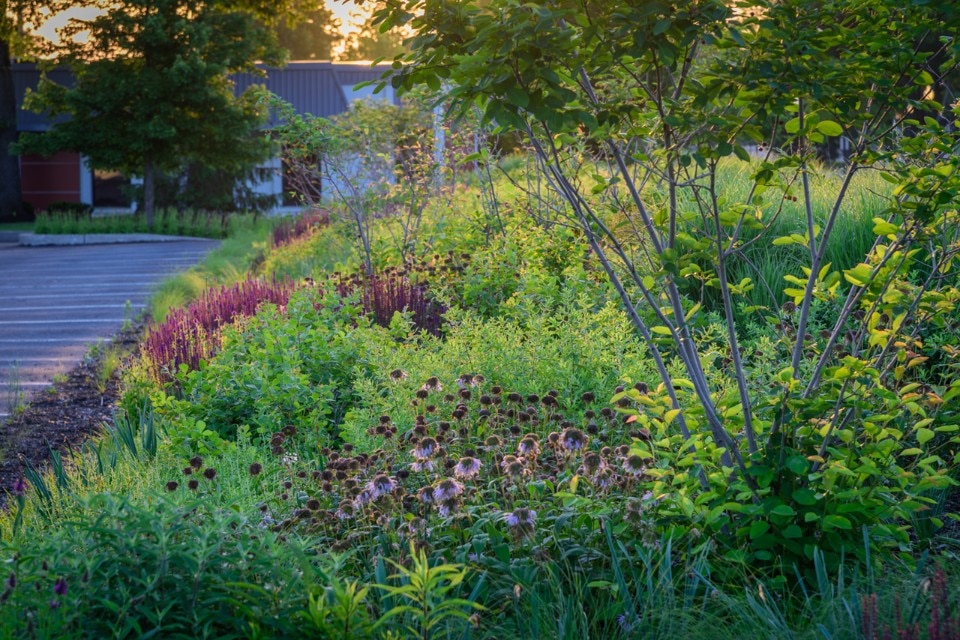
What do you mean by systems and communities of plants?
We refer to the dynamic system that plants have developed over time, something that we could consider a kind of social network. If we consider how plants interact, we can understand that the systems have exponentially more power in terms of resilience and resistance to change in comparison to plants seen as “individual objects”.
We are not trying to bring the complexity of untamed nature into garden design, but only part of its way of working, in such a way as to ensure that the effect is not exclusively decorative.
You speak of plant body language...
We are trying to focus attention on how plants work in a garden on various levels, in a kind of vegetable stratification. We invite people to view plants not from a human point of view, but from that of a rabbit. Observing the shape of the plants themselves reveals on which level of stratification they are. For example, a conical plant which widens from bottom to top, with bare lower stems, tells us that it is probably suited to growing through the vegetation of other plants. Thus, as part of a system, not alone. If planted in mass, this plant will always have problems, there will always be weeds growing around it and trying to overwhelm it. This will not happen if it is planted with its natural companions, creating more tightly-woven combinations, trying to cover the ground as much as possible and creating a more stable system.
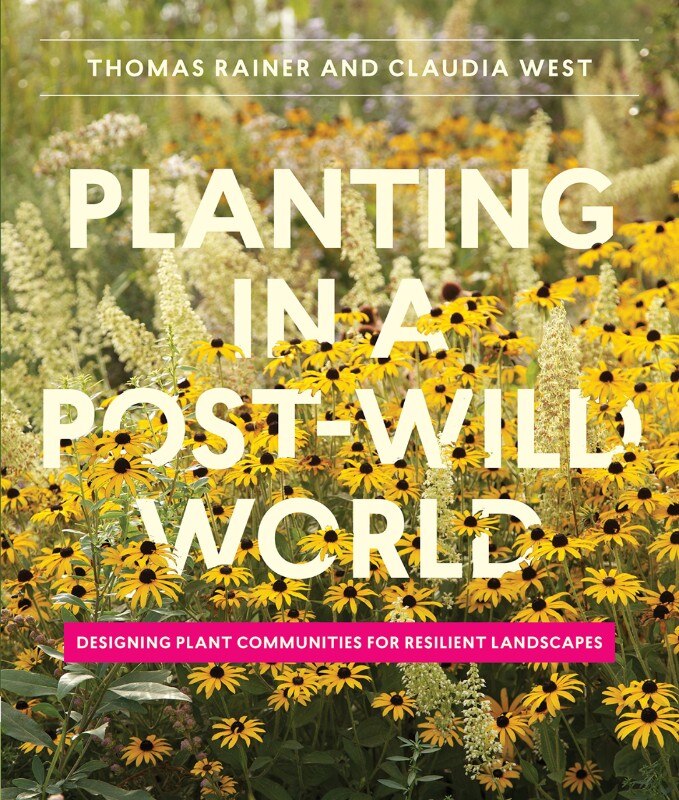
Garden design usually focuses on rendering spaces more beautiful. How do you think this paradigm could change in the future?
There is a wonderful tradition that comes from traditional horticulture and the history of the garden, which helps us to understand how to place plants and people in relation with each other, and in which framework to place projects. We can take our cue from these iconic elements. The way in which we set out the plants, how we create pleasing patterns, how we place them in relation to buildings... These are all important elements, but when we consider the interweaving of plants that will fill these designed spaces, we have the possibility to insert a blend of plants with an increased level of biodiversity. It is like taking in the best of 4,000 years of gardening tradition and integrating new ideas, rendering designs more dynamic, complex, “biodiverse” and stimulating.
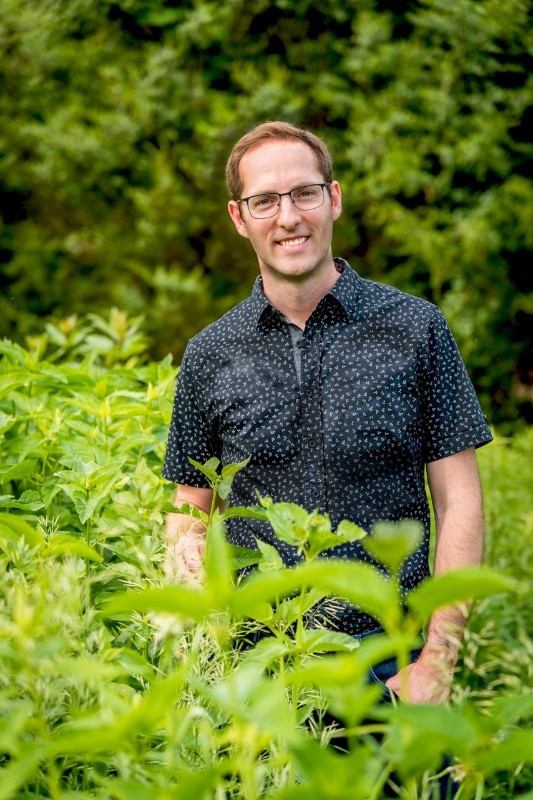
There is much talk about the dangers regarding climate change, but in the book, you warn of the risks regarding the loss of biodiversity, a subject that is often neglected. Can we also combat this loss from within the city, through better design?
I think on a global scale. We need to cultivate wilderness and at the same time render our cultivated spaces wilder. Large expanses of nature, parks, are places that require high levels of management in order to maintain levels of biodiversity high, and it is not simply a case of conservation - which we know to no longer be sufficient - but of active management. These residues of nature can often no longer function autonomously and in a certain sense we are forced to “cultivate” them from an ecological point of view. At the same time, we can look to smaller urban spaces. Brought together, all of these little fragments can make an enormous difference to biodiversity, for example for a pollinator. Some beautiful gardens with high ecological value, such as High Line by Piet Oudolf in New York, or the Olympic Park by Nigel Dunnett in London, are the most visited gardens in the world, which tells us that what is good for a pollinator is also good for people!
What is your message for the future?
I think it is a very favourable moment for landscape design, there are new techniques, new possibilities, new forms and new roads to take, which show the potential of an ecological approach to this discipline. I’ll leave you with an invitation to examine the permeable boundary between design and architecture and luxuriant nature.


